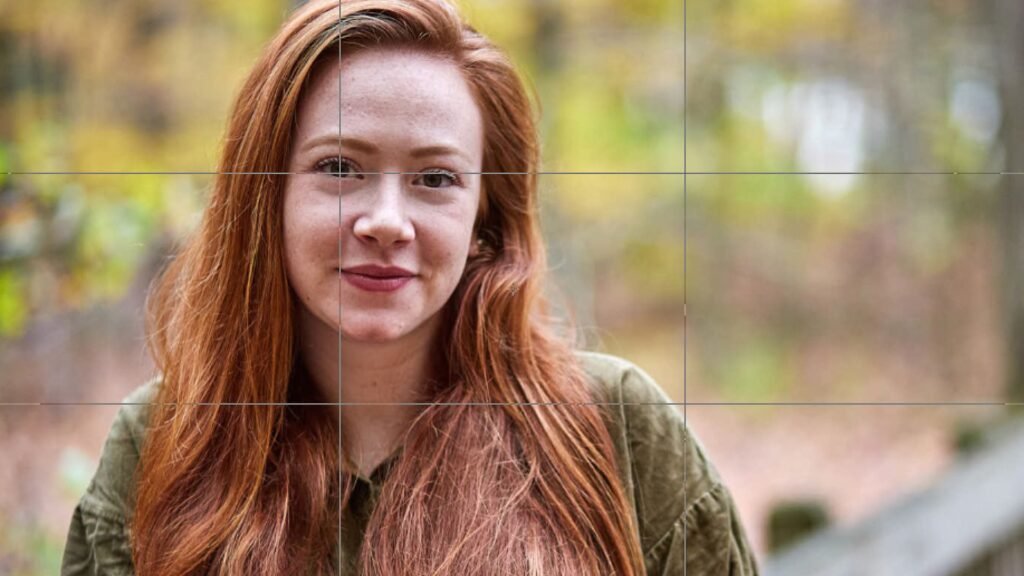Jul 3, 2024
Tips for Photography Composition in Portraits
Portrait photography is an art that involves more than just capturing a person’s likeness; it’s about telling a story and evoking emotions through composition. Here are some essential tips to help you master composition in portrait photography.

Use the Rule of Thirds
The rule of thirds is a fundamental guideline in composition. Imagine dividing your frame into a grid of nine equal parts by two equally spaced horizontal lines and two equally spaced vertical lines. Position your subject’s eyes along one of these lines, or at the intersections, to create a balanced and engaging composition. This technique draws the viewer’s attention directly to the subject’s eyes, which are the focal point of any portrait.
Consider the Background
A clean and uncluttered background helps to keep the focus on your subject. Ensure the background complements but does not distract from your subject. Use a wide aperture (small f-stop number) to create a shallow depth of field, which blurs the background and makes your subject stand out. Alternatively, look for backgrounds that add context and interest to the portrait without overpowering the subject.
Experiment with Framing
Framing involves using elements within the scene to create a “frame” around your subject. This could be natural elements like tree branches, doorways, or windows. Framing adds depth to your images and draws the viewer’s eye directly to the subject. It also provides a sense of context and place, enhancing the storytelling aspect of your portrait.
Utilize Leading Lines
Leading lines are lines that guide the viewer’s eye through the image towards the subject. These can be roads, pathways, fences, or even shadows. Incorporating leading lines into your composition can add depth and dimension to your portraits, making them more visually engaging. Ensure the lines lead towards your subject to emphasize their importance.
Play with Perspective and Angles
Experiment with different perspectives and angles to add variety and interest to your portraits. Shooting from a low angle can make your subject appear more powerful, while a high angle can create a sense of vulnerability. Try capturing portraits at eye level for a more natural and intimate feel. Changing your angle can also help eliminate distracting elements from the background.
Focus on the Eyes
The eyes are the windows to the soul and should be the sharpest part of any portrait. Use a single autofocus point and place it over one of the subject’s eyes to ensure they are in sharp focus. If the subject is turned slightly, focus on the eye that is closest to the camera. Sharp, well-lit eyes can make a portrait feel more engaging and alive.
Use Symmetry and Patterns
Symmetry and patterns can create visually appealing compositions. Symmetrical compositions provide a sense of balance and harmony, while patterns can add an interesting visual element to your portraits. Be mindful of symmetry in the background and your subject’s pose to create a cohesive and striking image.
Include Negative Space
Negative space, or the empty space around your subject, can add a sense of simplicity and elegance to your portraits. It allows the viewer to focus solely on the subject without any distractions. Negative space can also help convey emotions and create a particular mood in your portrait.
Capture Natural Poses and Expressions
Encourage your subject to move naturally and express genuine emotions. Candid shots often result in more compelling and authentic portraits. Give your subject something to interact with or talk about to evoke natural expressions and poses. The composition will benefit from the subject’s relaxed and genuine demeanor.
By incorporating these tips into your portrait photography, you can create more engaging, compelling, and aesthetically pleasing images. Remember that composition is a tool to enhance your artistic vision and should be used creatively to convey your subject’s essence and story.
More Details